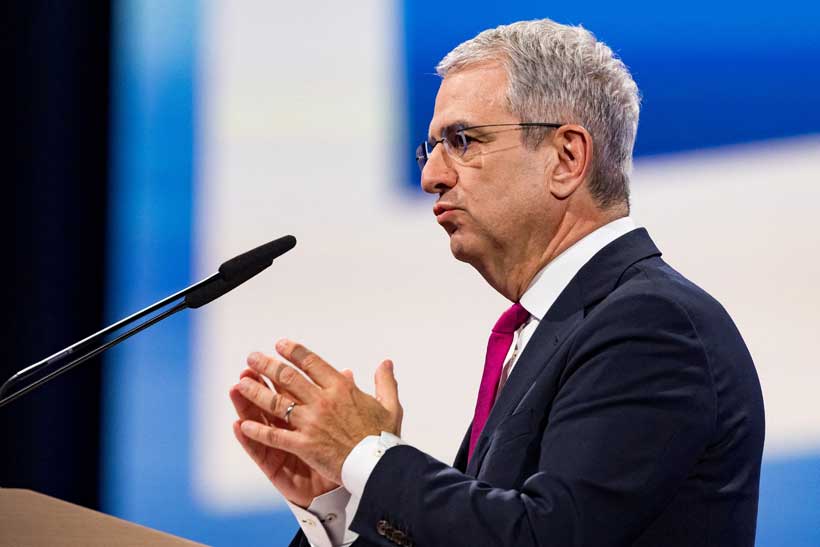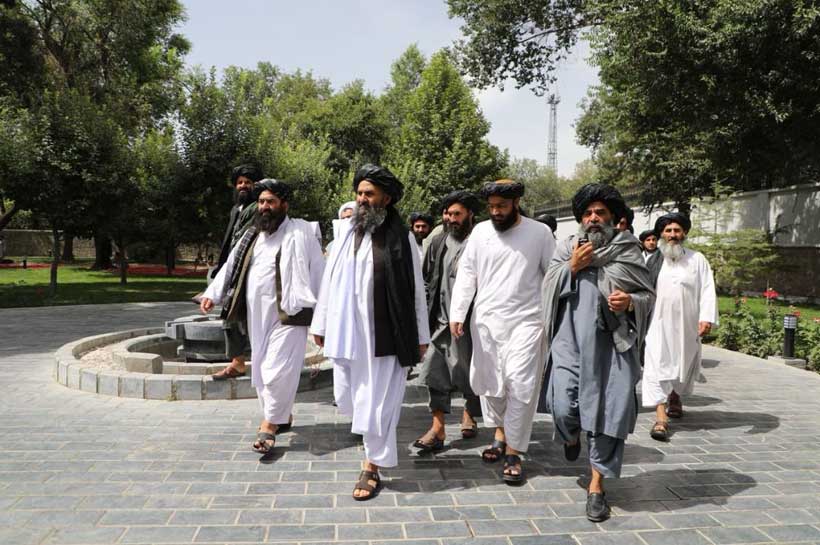July 18 (UPI) — Latin America’s major currencies gained an average of 6% against the U.S. dollar in the first half of the year. Countries that include Brazil, Mexico, Colombia and Peru saw their currencies strengthen amid global economic and political tensions.
The Brazilian real rose more than 11% this year. The Mexican peso followed with a gain of nearly 9%, while currencies such as the Peruvian sol and Chilean peso also posted increases, according to JPMorgan Private Bank.
Analysts say this is not just about a weakening dollar. “The strengthening of some Latin American currencies also reflects that several countries have managed to appear more reliable to international investors,” Paraguayan economist Víctor Pavón said.
But this strengthening is double-edged. According to Daniel Correa, chief economist at DCR Economic and Financial Consulting, a stronger currency can become a problem if not managed carefully.
“The appreciation could dampen future growth prospects, particularly in a context of stalled trade, inflationary pressures and broader economic uncertainty,” Correa said.
Correa also warned that “strong growth needs could be undermined by scenarios in which local economies become relatively more expensive.”
“It’s difficult to expect this to continue for long, given the impact on export growth In a scenario of rising commodity prices and ongoing supply chain disruptions. The supply of foreign currency is likely to decline, increasing the risk of depreciation in the medium term,” Correa added.
Economist Federico Sosa shared that concern.
“This can reduce export profitability, especially in sectors like agriculture, livestock and manufacturing, where contracts are set in dollars,” he said.
Sosa also noted that a stronger currency can encourage imports, putting pressure on local producers. Still, he said, there are positive effects: It helps lower inflation and improves the country’s ability to repay foreign debt.
In Brazil, Mexico and Peru, central banks have moved quickly to contain external shocks and maintain a degree of internal stability. According to JPMorgan, that timely response could help sustain currency stability in the coming months, though it may not be enough to keep the upward trend going.
Global dynamics also play a role. Pavón noted that the U.S. dollar, which for decades dominated international trade, has gradually lost ground.
“The dollar once accounted for nearly 90% of global trade; today, it’s below 70%. It’s still high, but it shows the dollar has lost some of its exclusivity,” he said.
Economist Víctor Raúl Benítez said he sees the dollar’s decline as part of a deliberate strategy.
“The Trump administration is willing to tolerate a weaker dollar — and even a mild recession — to regain global competitiveness against China. This is part of an economic realpolitik strategy aimed at preserving the dollar’s role as the world’s reserve currency,” he said.



